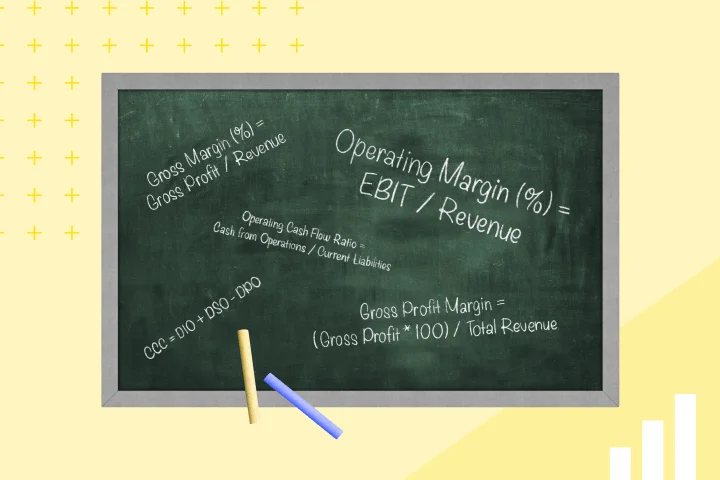In the ever-evolving landscape of spend management, it’s easy to choose a solution that claims to seamlessly handle multi-subsidiary operations. But, the path to effective spend management across multiple subsidiaries is littered with its share of myths and misconceptions.
What They’ll Claim
Picture this: an all-in-one card, expense, and travel management solution that works for all your global enterprise’s subsidiaries from a single unified platform. Almost sounds too good to be true, right?
Given the title of this post, It should come as no surprise that sometimes the emperor has no clothes. But you can avoid some pretty big challenges by understanding exactly how they “support multiple entities” and asking the right questions.
“Gotcha!”
Many modern expense and travel management solutions claim to support multiple entities — and from a practical perspective, they do. But when you dig a little deeper, you’re going to find that they fall short and require significant internal effort to manage.
Take it from this dissatisfied user of a popular expense platform:
Here are a few “gotchas” you’ve got to watch out for:
- Multi-currency support for CARD PAYMENT only
- No unified view — or analytics — across all entities
- Inadequate access controls
- No support for multiple ERPs
- Taxes. Full stop.
- No multi-book Support
- Only one TMC — and it’s theirs
What’s happening & why it matters
So, while you might be getting a bunch of efficiences for your end users on expense reports, approvals, and travel bookings, the back office still has to jump through hoops to make it all work. Let’s dive in:
Multi-currency support for CARD PAYMENT only
They may say they offer multi-currency support, but what they really mean is employees can pay in multiple currencies. Sigh. Any card that partners with a major payment network (like Visa, Mastercard, or Amex) can do that.
They may not tell you that…
- You can’t fund or settle in local currencies — or only in a very select few. That means you’re paying FX fees (sometimes called markup) on every transaction. And maybe transaction fees too.
- Depending on where the entity is incorporated, you may or may not be able to fund in local currencies directly from the entity’s bank accounts (check out Part 1 of our “Gotcha” series for all the details). And you know what that means…you are going to have to deal with the dreaded intercompany transfer.
- Even if you can send reimbursements directly to employee bank accounts, you’re going to pay all the fees for international money transfers, bank fees, FX fees.
No unified view — or analytics — across all entities
Some solutions can support multiple entities, but they don’t provide a nice roll-up view across the whole business.
Limited access controls
You probably don’t want users in one entity to see everything in another entity. But that’s a major issue with some solutions in the market: roles & permissions that don’t adequately support multi-entity access control.
No support for multiple ERPs
This sometimes flies under the radar, and is something they just won’t bring up. But unless all the subsidiaries are on the same ERP, you’re only going to be able to automate data syncing to one ERP.
Any subsidiary not on the main system will have to do it all manually — export, fix the CSV to be compatible with their ERP, and then deal with any tagging, since tagging is probably automated for that ERP.
No multi-book support
Multi-currency isn’t the same as multi-book. Don’t be fooled.
You may be able to fund, issue cards, settle, and even reimburse in multiple currencies, but most systems don’t support multi-book accounting. Good luck if local laws require you keep books in their currency for tax purposes.
Taxes, taxes, taxes
Automating tax reporting for stuff like VAT, GST, and other local tax requirements is often limited. Most solutions support VAT (typically you have to pay for it), but not local taxes from other countries. There’s more saved time you were banking on down the tubes.
Only one TMC — and it’s theirs
Many multi-entity companies have different travel requirements and that lead them to use multiple TMCs. Most modern all-in-one solutions are also their own TMC — and won’t let you use yours.
What to Ask to Avoid the “Gotcha!”
Arming yourself with the right questions is key when negotiating with a potential spend management provider. Don’t get blindsided – ask them point-blank:
- Do you support multiple currencies? Which ones?
- Do you support issuing cards, funding and settlement in multiple currencies? Which ones?
- Can you integrate with multiple ERPs?
- Do you support multi-book accounting? If so, what currencies?
- What tax reporting do you automate? Anything else besides VAT?
- How do you separate each entity in the system? Can I limit user access to certain entities?
- Is there a true unified view across all my entities? What about unified analytics or reporting?
- Can I use any TMC of my choice? What about more than one?
Now you’re ready.
So yeah, there are multiple myths about multi-subsidiary support when it comes to expense and travel management solutions. But now you’re armed with the knowledge to make better decisions for your business — not to mention ensuring your team actually saves time and money.
Next up in the series? Integration Gotchas! Integration is supposed to make your life easier. But it often underwhelms. Stay tuned to make sure that doesn’t happen to your team!

Learn more about how Mesh offers truly global support for enterprise businesses.
-
Get the latest blogs from Mesh by subscribing to our newsletter








